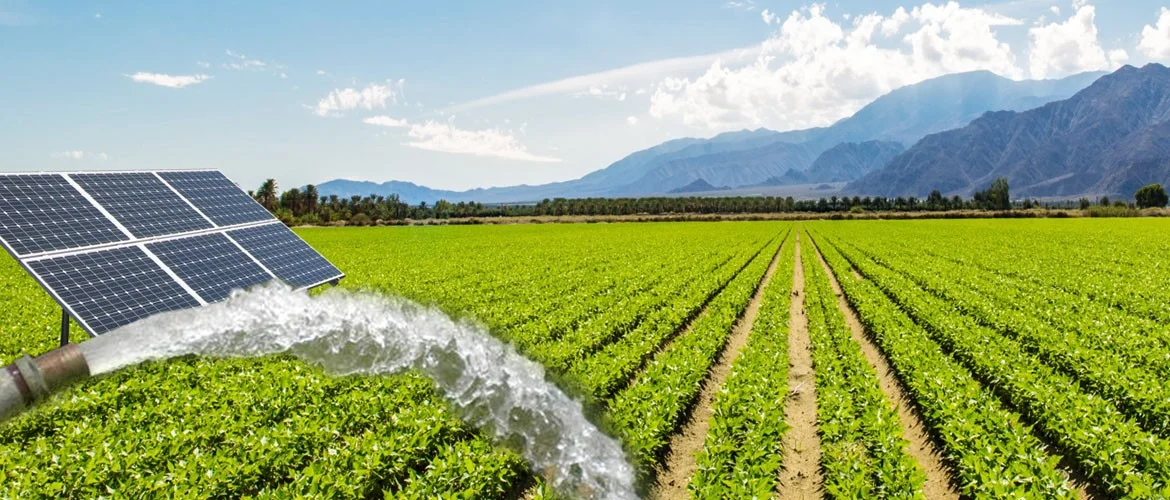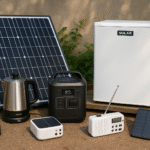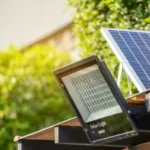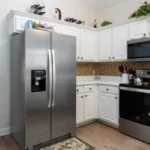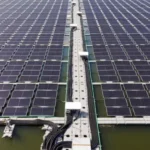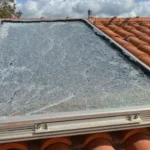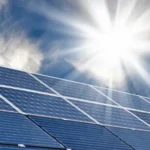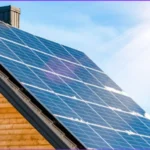Ever wondered if your solar panels are really performing at their best, or if you could be saving more money with the same setup? Solar Water Sprinklers are the solution!
As someone who has worked alongside solar installers, inspected rooftop arrays, and helped homeowners fine-tune their systems, I can tell you that solar is not just about getting panels on your roof. It is about maximizing them.
Whether you are running a solar water sprinkler in your backyard, charging an EV, or powering a small business, your system’s efficiency depends on real-world factors such as weather, maintenance, and smart equipment choices. In this guide, we will walk through the technical and lifestyle sides of solar, with practical tips you can actually use.
How Solar Energy Really Works in Your Home
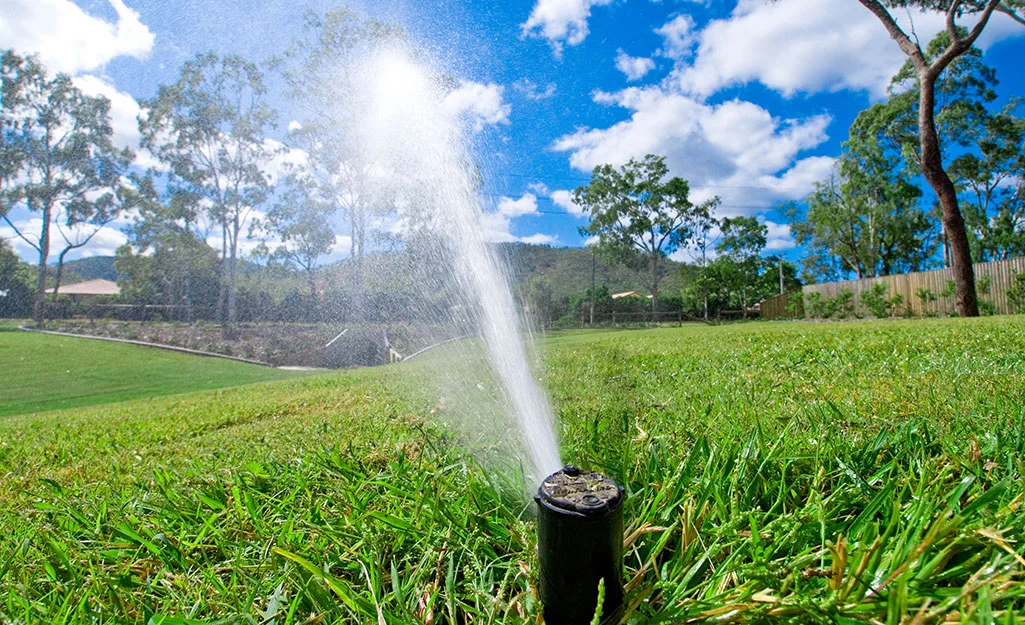
Most people picture a sunny day, panels soaking up light, and instantly producing free electricity. But there is more going on behind the scenes.
Utilizing Solar Water Sprinklers can enhance your garden’s irrigation system while being eco-friendly.
Solar panels generate direct current (DC) electricity, which your inverter converts into alternating current (AC) for household use. Any extra energy can either charge a battery (for off-grid or backup use) or flow back to the grid under a net metering agreement.
The catch?
Real-world conditions, such as dirt on your panels or inverter issues can cut your output by up to 20% according to NREL research. That is why performance is not just about installation; it is about ongoing upkeep.
The Overlooked Role of Solar Water Sprinklers
If you have a garden or small farm, you know irrigation can be one of your biggest energy costs. A solar water sprinkler uses your panel-generated electricity to power pumps or timed irrigation, meaning you are watering with sunshine.
I have seen homeowners in Arizona and California save $20–$40 per month during peak summer simply by replacing their old electric pumps with a solar-powered version. The added bonus is that your sprinkler still works during grid outages, which is critical in areas with rolling blackouts.
Pro Tip: If you install a solar water sprinkler system, size your solar array to handle both home and irrigation loads, especially during summer when water use spikes.
Why Dirty Panels Can Kill Your Efficiency

Here is a field example:
Last year, a client in Fresno called me because their system was underperforming by about 15%. On inspection, I found a thick layer of dust and pollen, which is common in agricultural areas. After a simple wash, their daily kWh jumped back to normal.
Efficiency loss breakdown:
- Light dust or pollen: 5–10% loss
- Heavy dirt or bird droppings: 15–20% loss
- Shade from nearby trees: Up to 40% loss in affected areas
Cleaning Tips:
- Use soft brushes or water-fed poles, never abrasive pads.
- Clean early morning or late evening to avoid rapid evaporation.
- If on a steep roof, hire a professional for safety.
Smart Inverter Troubleshooting for Homeowners
Your inverter is the “brain” of your solar setup. If it is not working, your panels might as well be roof tiles.
Common issues and fixes:
- No output on sunny day: Check breaker and DC disconnect, and reset if safe.
- Error codes: Consult your manual. Many have simple fixes like firmware resets.
- Gradual output drop: Could be panel soiling, shade increase, or inverter degradation.
In my experience, inverters last 10 to 15 years. If yours is older, budget for a replacement. Modern “smart” inverters can boost output tracking and monitor each panel individually.
Solar Battery Care for Maximum Lifespan
If you are running off-grid or have a battery backup, treat it like you would a car engine because regular checks matter.
Best practices:
- Avoid draining below 20% capacity regularly.
- Keep in a temperature-controlled area (ideally 50 to 80°F).
- Update firmware for smarter charging algorithms.
A client with a Tesla Powerwall saw a five-year lifespan increase estimate after shifting to a shallower daily discharge cycle, which shows that habits matter.
Charging Your EV with Home Solar
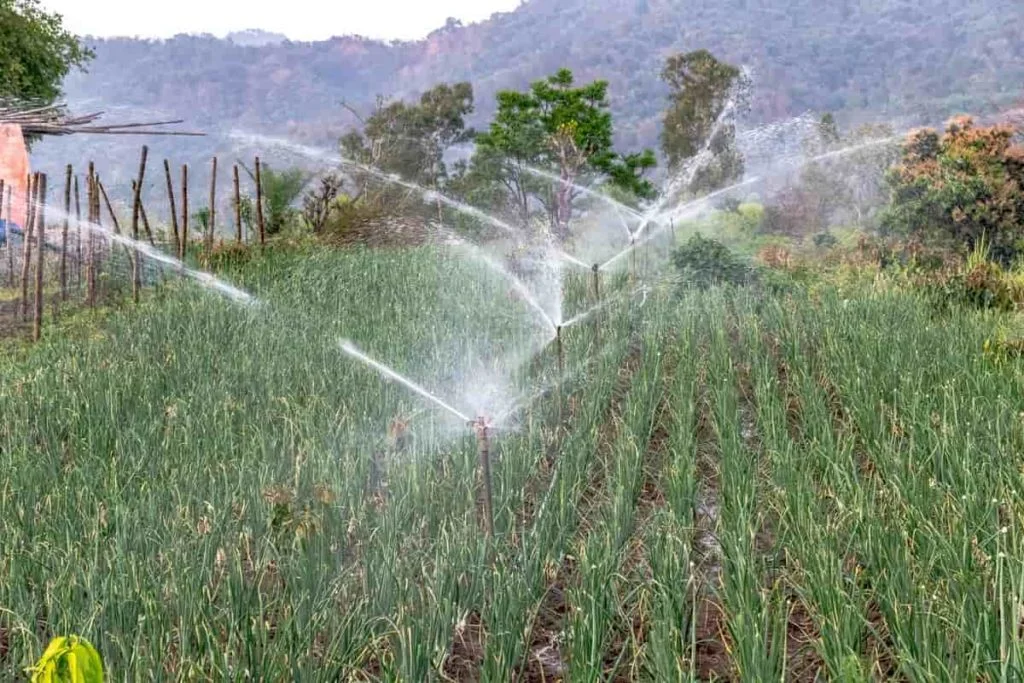
Pairing your solar array with an EV charger is one of the most satisfying parts of going solar. Imagine driving in pure sunshine.
Key tips:
- Choose a charger that supports scheduled charging during solar peak hours.
- If you have batteries, set charging priority to household needs first, car second.
- Oversize your solar array if daily driving needs are high.
For example, charging a 60 kWh EV battery from solar alone may require an extra 4–6 panels, depending on your location and sun hours.
Avoid These Common Solar Installation Mistakes
After years of site visits, here are the most frequent errors I have seen:
- Poor panel placement – Panels partially shaded for part of the day.
- Undersized inverters – Limits your output even if panels could produce more.
- Ignoring future expansion – No room on the inverter or roof for more panels.
- Skipping monitoring systems – Without tracking, you will not spot problems until your bill spikes.
Solar ROI: What Homeowners Can Expect
Solar is not free, but with incentives and the right setup, payback can be surprisingly fast.
Typical numbers:
- System cost: $15,000 to $25,000 before incentives
- Federal tax credit: 30% (as of 2025)
- Payback period: 6 to 10 years, depending on energy rates and sun hours
If you also use a solar water sprinkler or EV charger, your ROI can improve because you are offsetting more grid use.
Maintenance Checklist for Peak Performance
Here is a seasonal guide to keep your solar system (and your solar water sprinkler) in top shape:
Spring:
- Clean panels after pollen season
- Inspect wiring for weather damage
Summer:
- Check inverter cooling (fans and vents)
- Monitor sprinkler pump performance
Fall:
- Remove fallen leaves and debris from panels
- Update firmware for inverter and battery systems
Winter:
- Clear snow from panels if safe
- Test battery backup for outage readiness
Limitations to Keep in Mind
Solar has incredible benefits, but it is not magic. Be aware of:
- Weather dependence: Short winter days mean less output
- Space needs: Limited roof area can cap your system size
- Upfront cost: Financing helps, but there is still an investment period
Final Thoughts — Make the Most of Your Solar Investment
Whether you are watering your garden with a solar water sprinkler, charging your EV, or running a small business, solar rewards those who stay engaged with their system.
If your panels have not been cleaned in over three months, you could be losing 10 to 20% of your energy output. Book a system checkup today and start maximizing your solar investment.

